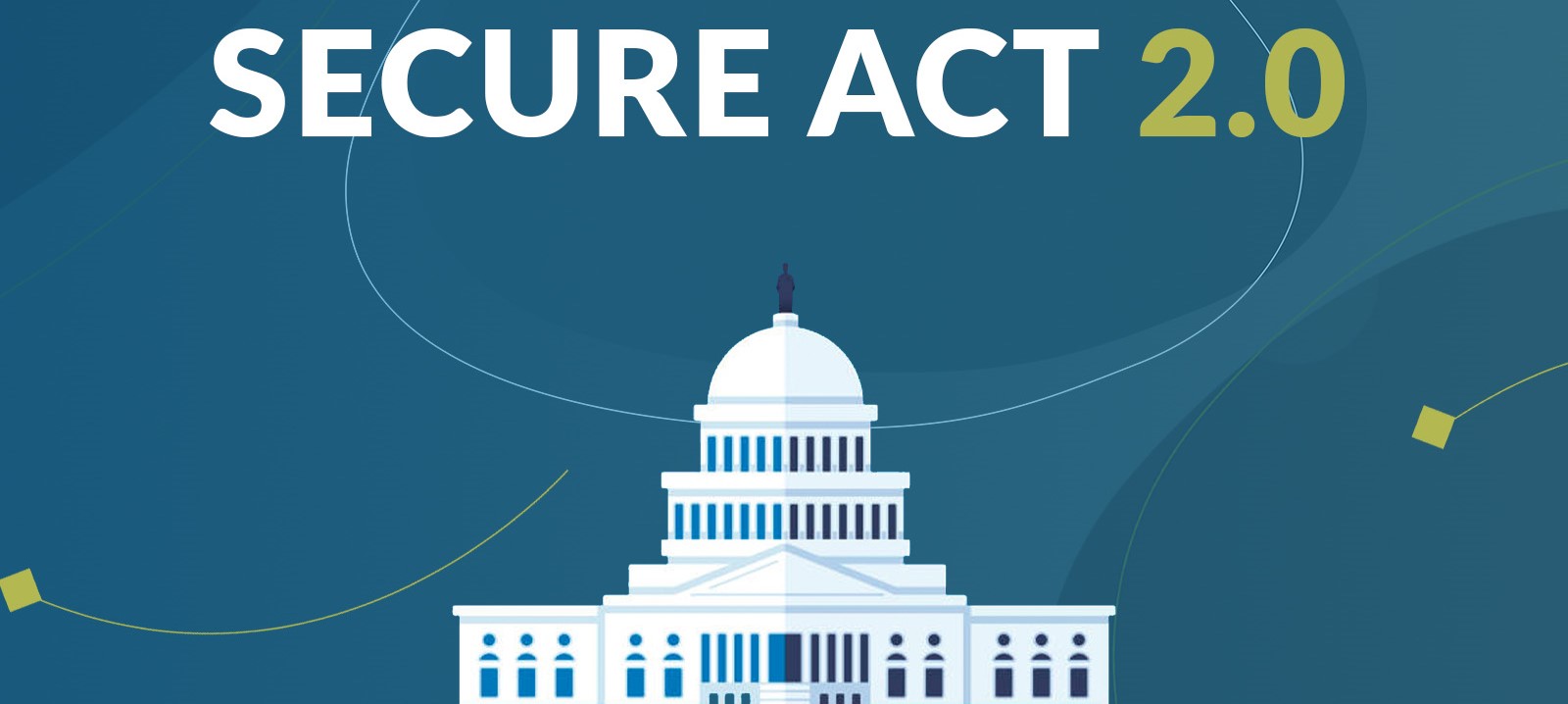Employees with very high compensation cannot have their retirement plan benefits based on all of their pay. Instead, the tax code only allows compensation up to a certain dollar amount. A compensation limit is certainly not a bad problem to have.
This dollar limit goes up most years based on the cost of living. For 2023, it’s $330,000. It was $305,000 for 2022 and $290,000 for 2021. The dollar limit is high enough that it’s not going to affect most employees. And, anyone who earns more than the limit isn’t barred from receiving any benefit. Instead, compensation above the limit must be excluded when the amount of their benefit is calculated.
This restriction applies to company contributions in 401(k) and 403(b) plans. Those contributions are either matching contributions for employees making elective deferrals or across-the-board contributions for all plan participants. The compensation limit applies in both cases.
Example 1
Siobhan, age 55, is CEO of Waystar RoyCo and participates in its 401(k). Waystar matches 50% of each employee’s elective deferrals up to 6% of pay. In 2023, Siobhan will earn $500,000 and defer the maximum $30,000 ($22,500 + $7,500 catch-up). The plan can only recognize $330,000 of Siobhan’s pay. This limits her match to $9,900 [50% x (6% x $330,000)]. If the compensation limit didn’t apply, her match would have been $15,000 [50% x (6% x $500,000)].
Example 2
Waystar decides to make a flat 2% employer contribution to the 401(k) – instead of a match – for 2023. In that case, the contribution for Siobhan (with $500,000 in pay) will be limited to $6,600 (2% x $330,000). Without the limit, she could have received a $10,000 contribution.
The compensation limit also applies to SEP IRA contributions and sometimes applies to SIMPLE IRAs. If a SIMPLE IRA has an across-the-board contribution, the limit will apply. But if a matching contribution is made, the limit won’t apply. Even pay in excess of the dollar limit can be taken into account.
Compensation over the dollar limit is also disregarded in calculating benefits earned in defined-benefit pension plans.
Finally, pay above the limit can’t be taken into account in IRS nondiscrimination testing. That testing is required to make sure that plans don’t provide disproportionately greater benefits for high-paid participants. Restricting pay in nondiscrimination testing makes it harder for plans to pass those tests. (Certain testing is not required if the employer makes “safe harbor” contributions.)
By Ian Berger, JD
IRA Analyst











